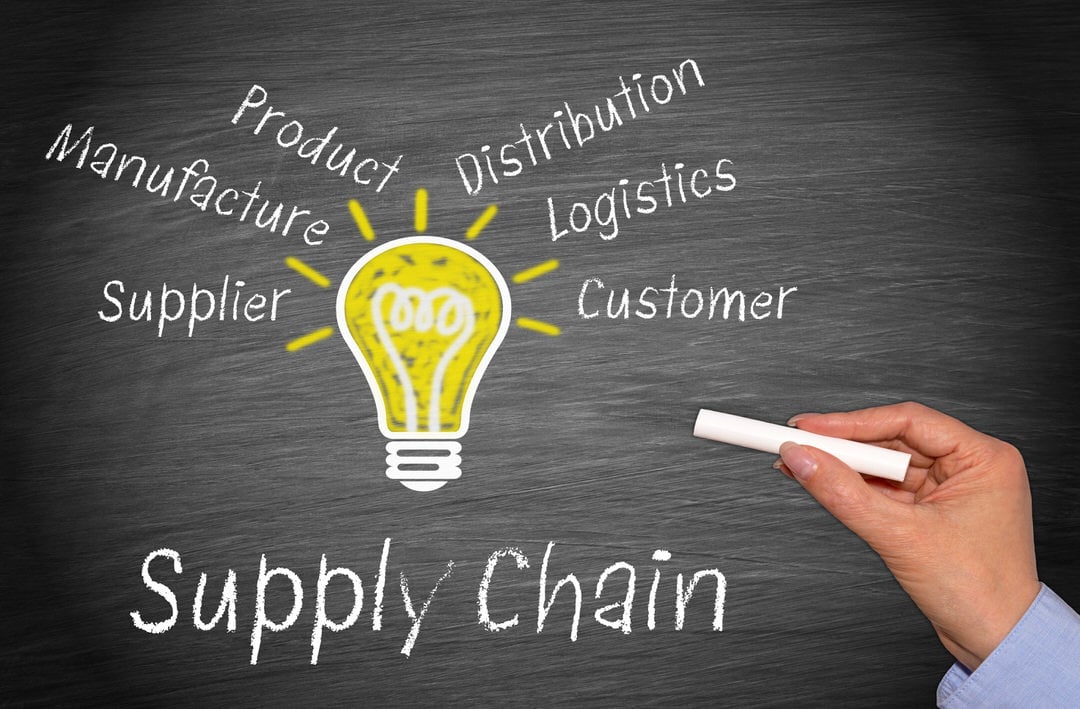Direct Store Delivery Supply Chain Tips
Retail stores are constantly looking for ways to simplify their distribution and cut costs where they can. Direct store delivery provides a speedy, cost-effective, and efficient way for stores to expand their supply chains.
As a supplier and DSD service provider, you can ensure customer satisfaction, grow your customer base, and gain an edge over the competition by integrating modern frameworks into your existing process.
Below we’ll look at some DSD supply chain tips on how to gain more visibility, land more contracts, and expand your client base.
 What Is the DSD Supply Chain?
What Is the DSD Supply Chain?
A DSD supply chain, unlike a distribution center, comes directly from the supplier. Stores will put in orders directly to you, and you are responsible for:
- Managing your inventory.
- Stocking orders.
- Unloading and unpacking pallets.
- Assessing your shelf space.
- Displaying prices and promotions within the store.
- Removing expired products.
- Managing your vehicles and drivers.
- Allowing drivers to be able to accept invoices and make field sales.
- Tracking vehicles and routes, including weather and traffic.
By removing a distribution center, your DSD supply chain can be quicker and more accurate than the competition. You can also gather and analyze data more easily, allowing you to make changes and improve your methods.
The importance of the DSD warehouse operations and supply chain
Warehouse operations in DSD structure are everything. The kind of equipment you move, the procedures you have in place, and the training you provide to drivers will determine how efficiently your shipments are delivered.
Without the aid of a distribution center, the onus is on you to fulfill your customers’ orders. And you can do that only by operating a well-managed DSD warehouse and supply chain.
Challenges in the DSD supply chain
A lot of the challenges in the DSD supply chain come from the fact that you, the supplier, are now responsible for directing deliveries and maintaining your own warehouse. Although you are often supplying your customers with fresher products at a quicker pace, this model has more overhead costs and requires inventory and vehicle management.
Keeping an eye on inventory so your customers always have what they need, ensuring your drivers are safe and prepared, and keeping your warehouse organized and well-maintained are some of the biggest challenges that DSD suppliers face.
DSD Supply Chain Framework
As a DSD supplier, you are often the first point of the supply chain framework. From start to finish, the DSD supply chain will look something like this:
- If you’re working with food or fresh produce, your warehouse will likely be an industrial processing center, like a bakery or industrial kitchen, where the product is made, sorted, and stored. Ensuring your items are well-organized, you’re not overproducing or underproducing, and managing your in-house technologies/equipment are some of the biggest challenges as a supplier and distributor.
- From there, trucks will begin making direct deliveries to retailers and stores. As a product and fleet manager, you have to equip your drivers with everything they need to make timely and safe deliveries. This includes providing them with the necessary tools to accept payments and invoices, as well as route mapping technology that can notify them of weather and traffic issues.
- At the supermarket, retailer, or other destination, your drivers will then check in their products, pick up any returns, restock shelves, and take care of any paperwork or payments with the buyer.
- At the end of the day, your orders, invoices, and other documentation get uploaded into your system, and your vehicles return to your warehouse or fleet center.
 DSD Supply Chain Tips
DSD Supply Chain Tips
Below are some actionable tips that you should be using to help improve your supply chain. Although a lot of these steps require an advanced DSD system to help you leverage data and results, it’s up to you to implement new strategies and use that information to your benefit.
- Constantly assess the market for new products that fit into your supply chain. You never know when a new, high-replenishment product will hit the market. If it fits your capacity as a supplier, it could give you a boost in sales and an edge over competitors.
- Empower your sales force and drivers with an advanced point-of-sale system that can take payments, accept invoices, and allow your field service members to sell on the road.
- Keep your drivers safe and efficient with advanced mapping features. You can notify drivers of traffic, weather, and other route-related issues that come up while they’re in the field.
- You can do more with your deliveries by optimizing your sales routes. DSD software like Prism's can tell you how to make more deliveries with fewer resources. This can cut unnecessary fuel and labor costs while driving sales with maximum efficiency.
- Warehouse automation innovations can help you improve your warehouse operations. Innovations in AMR, pick-to-light systems, and automated tracking systems will help advance your supply chain from start to finish.
Final thoughts: DSD Supply Chain Tips
As a DSD supplier, you have more control of your supply chain and operations, which also means you have greater control of your sales and growth. It’s up to you to ensure every aspect of your supply chain framework is working to its best ability.
Prism helps make DSD supply chain management easier. Prism gives you all the tools you need to manage routes, grow sales, track your inventory, support your fleets, and more.
Click here to learn how Prism can simplify the supply chain for you and your team.
Demo Prism's end-to-end software for DSD and Route Sales distributors.
Topics from this blog: Direct Store Delivery
Back
